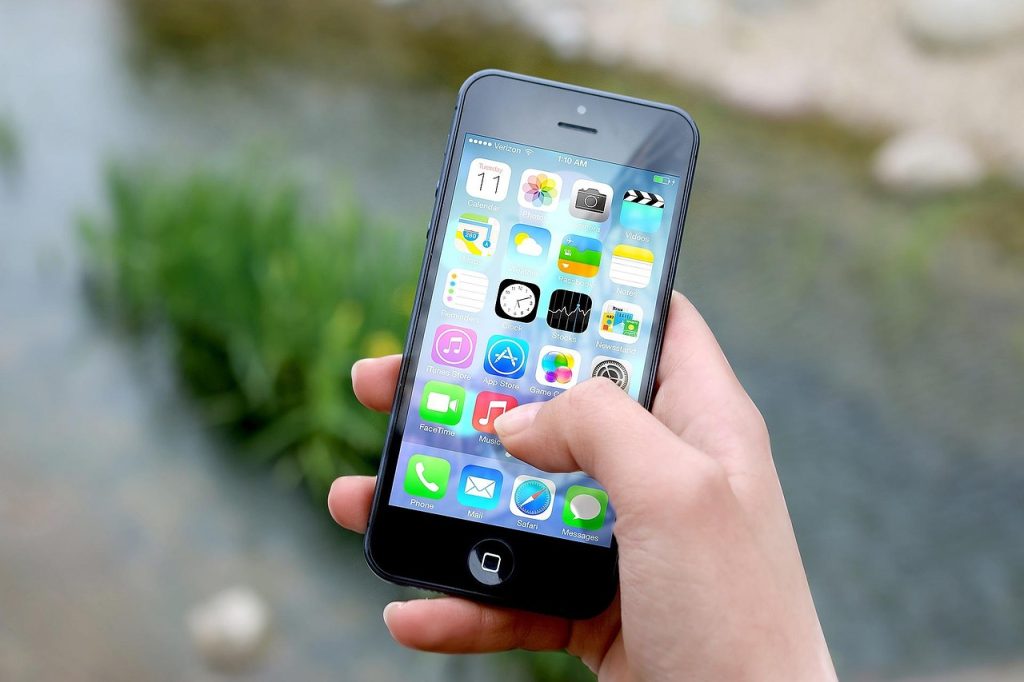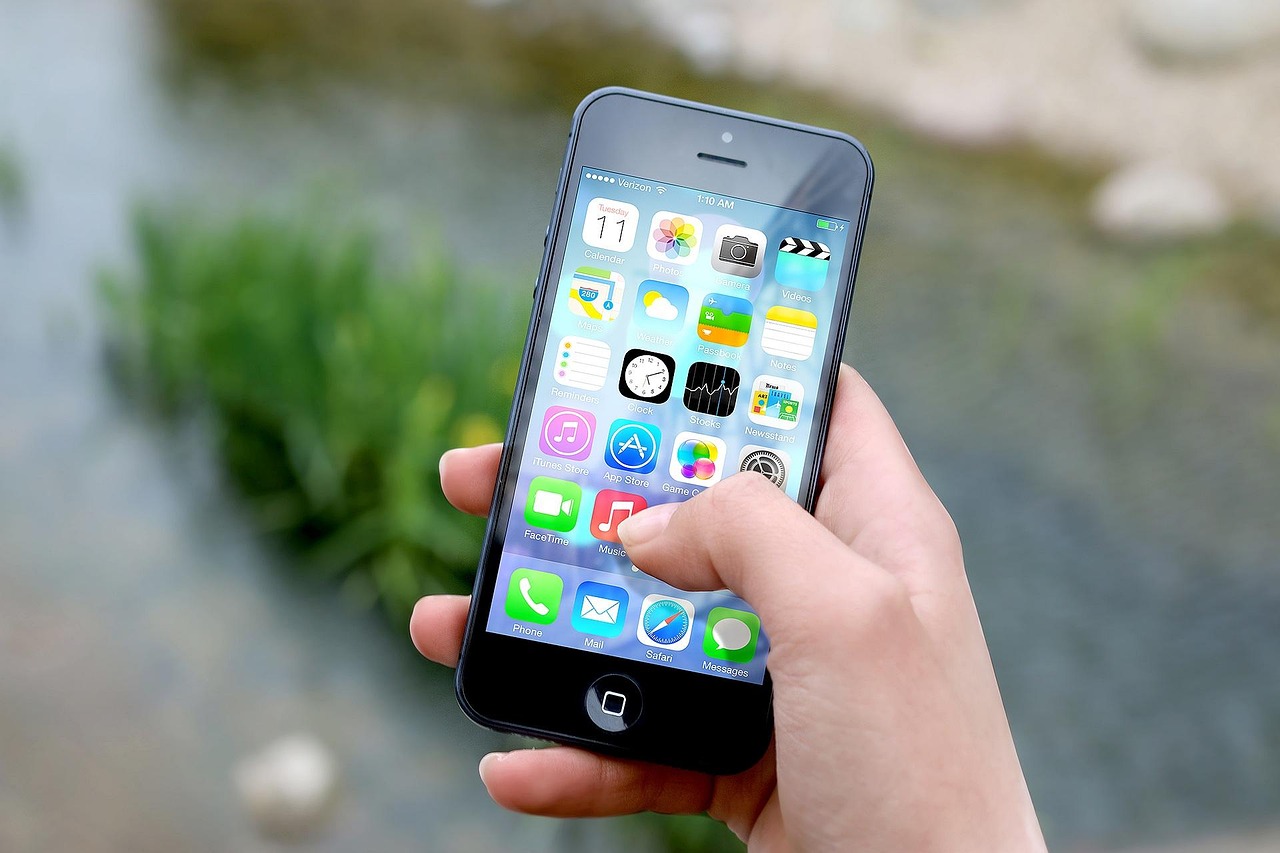
Quick Facts
- Wireless devices emit radiofrequency radiation 24/7 – even when idle – because they continuously send out signals.
- Many scientists recommend reducing exposure as substantial research has reported a range of health impacts, especially in regards to brain development, the reproductive system and cancer.
- Children absorb proportionately more wireless radiation due to their thinner skulls and unique physiology. Further, they are more sensitive as their brains are still in development.
How to Minimize Wireless RF Radiation Exposure
Create Space: Distance Is Your Friend
Wireless radiation levels drop significantly with distance.
- Distance phones, laptops, and other wireless devices away from your body – never keep them in pockets or bras.
- Use a speakerphone instead of holding the cell phone up to your head.
- Avoid placing devices on laps, especially for children and during pregnancy.
Master Airplane Mode
Airplane mode can stop radiation from wireless antennas on your cell phone – but only if you ensure that Bluetooth and Wi-Fi are also turned off in the settings.
- Use Airplane mode with wireless functions turned off more often.
- Before handing a device to a child, ensure all wireless functions are off.
Identify Wireless Sources and Power Down
Awareness is the first step to reducing cumulative exposure.
- Start by doing a wireless audit: In addition to cell phones, Wi-Fi routers, gaming systems, smart speakers, printers, cordless phones and wearables emit constant wireless radiation.
- Unplug devices when not in use.
Create a Sleep Sanctuary
The body heals during sleep. Minimizing exposure at night can help protect you body while it rests and repairs. Thankfully it is easy to mitigate unnecessary exposure at night.
- Keep all electronics, including phones, tablets, and chargers, out of the room or powered off completely.
- Use a battery powered alarm clock. If you must keep a phone nearby for an alarm, switch it to airplane mode and turn off all wireless antennas.
- Avoid charging devices near your bed (i.e. no phone on the side table).
- Swap out bright LED lights for a battery powered blue-light-free reading lamp.
- Keep your room as dark and tech-free as possible to support natural sleep rhythms.
- Turn off Wi-Fi routers, wireless devices and networks at night to help reduce background exposure.
- Clear all electrical cords and extension cords out from under and near your bed.
Prefer Corded Technology
Using a corded connection eliminates key wireless radiation sources.
- Use ethernet cords for internet connections and corded phones instead of cordless phones.
- Connect game controllers, keyboards, printers, and speakers with cords, not Wi-Fi or Bluetooth.
- Opt out of digital “smart” utility meters. Find your local or state or Smartmeter or Safe Tech group to connect with if the laws in your state do not allow you to choose a non wireless analogue meter.
Protect Children
Children are uniquely sensitive to the effects of wireless radiation exposure.
- Do not use a wireless device while holding a baby and do not carry your cell phone in your baby carrier.
- Give your child a real toy, not a cell phone or Wi-Fi tablet to play with.
- Do not use wireless digital baby monitors.
- Learn how to connect devices by ethernet so your older child can more safely use computers when doing schoolwork.
- Instead of streaming music and books on tape via “smart” speaker, use a hardwired ethernet connected computer.
Support Policy Change for Real Protection
Individual steps matter – but they’re not enough. Our outdated RF safety regulations fail to protect public health or the environment. We need strong, science-based safety limits and policies that protect people, not corporations.
What the federal government can do
- Update exposure limits so they are based on the most up-to-date science.
- Address wildlife and environmental exposures, including the science indicating 5Gs higher frequency pose unique risks for insects.
- Require premarket safety testing for new technologies.
- Establish a post-market surveillance and reporting system for health and environmental effects as well as for RF compliance.
- Monitor and measure EMF levels across the nation, including in wildlife areas.
- Implement measures to reduce public and environmental exposure.
- Support and prioritize wired communication networks, rather than everything wireless.
- Increase transparency and consumer awareness of exposures.
What local governments can do
- Ensure your local community has a strong ordinance related to cell tower and 4G/5G small cells to ensure network antennas are not located close to homes and schools.
- Local policymakers can send a letter to the federal government calling for stronger regulations.
- Advocate for safer technology in schools as well as student education on how to reduce exposures.
Resources
- International Commission on the Biological Effects of Electromagnetic Fields Safety Tips
- Dr. Joel Moskowitz, University of California Berkeley Cell Phone Safety Tips
- California Department of Health Advisory on Cell Phone Radiation
- Alliance of Nurses for Healthy Environments Textbook of Environmental Health in Nursing 2nd Edition, Chapter on Cell Phone, Cell Tower and Wi-Fi Radiation
- Maryland State Commission on Children and Environmental Health Protection Guidelines to Reduce Wireless and Electromagnetic Radiation Exposure
- Scientific References
Scientific call for updated regulations
Kelley, E., Blank, M., Lai, H., Moskowitz, J., & Havas, M. (2015). International Appeal: Scientists call for protection from non-ionizing electromagnetic field exposure. European Journal of Oncology, Volume 20, 180–182. See also the online website of the EMF Scientist Appeal which has current signatories at https://emfscientist.org/
International Commission on the Biological Effects of Electromagnetic Fields (ICBE-EMF), (2022). Scientific evidence invalidates health assumptions underlying the FCC and ICNIRP exposure limit determinations for radiofrequency radiation: implications for 5G. Environ Health. Oct 18;21(1):92.
Gandhi, O. P. (2019). Microwave Emissions From Cell Phones Exceed Safety Limits in Europe and the US When Touching the Body. IEEE Access, 7, 47050–47052.
Uche, U. I., & Naidenko, O. V. (2021). Development of health-based exposure limits for radiofrequency radiation from wireless devices using a benchmark dose approach. Environmental Health, 20(1), 84.
Children’s vulnerability
Fernández, C., de Salles, A. A., Sears, M. E., Morris, R. D., & Davis, D. L. (2018). Absorption of wireless radiation in the child versus adult brain and eye from cell phone conversation or virtual reality. Environmental Research, 167, 694–699.
Davis, D., Birnbaum, L., Ben-Ishai, P., Taylor, H., Sears, M., Butler, T., & Scarato, T. (2023). Wireless technologies, non-ionizing electromagnetic fields and children: Identifying and reducing health risks. Current Problems in Pediatric and Adolescent Health Care, 53(2), 101374.
Ben Ishai P, Baldwin HZ, Birnbaum LS, Butler T, Chamberlin K, Davis DL, Scarato T, Taylor H (2024). Applying the Precautionary Principle to Wireless Technology: Policy Dilemmas and Systemic Risks. Environment: Science and Policy for Sustainable Development. 66:2, 5-18.
Health effects
Miller, A. B., Sears, M. E., Morgan, L. L., Davis, D. L., Hardell, L., Oremus, M., & Soskolne, C. L. (2019). Risks to Health and Well-Being From Radio-Frequency Radiation Emitted by Cell Phones and Other Wireless Devices. Frontiers in Public Health
McCredden, J. E., Cook, N., Weller, S., & Leach, V. (2022). Wireless technology is an environmental stressor requiring new understanding and approaches in health care. Frontiers in Public Health, 10.
Directorate-General for Parliamentary Research Services (European Parliament), & Belpoggi, F. (2021). Health impact of 5G: Current state of knowledge of 5G related carcinogenic and reproductive/developmental hazards as they emerge from epidemiological studies and in vivo experimental studies. (PDF) Publications Office of the European Union.
Assefa EM and Abdu SM (2025) Histopathologic effects of mobile phone radiation exposure on the testes and sperm parameters: a systematic literature review of animal studies. Front. Reprod. Health 6:1515166. doi: 10.3389/frph.2024.1515166
Clegg, F. M., Sears, M., Friesen, M., Scarato, T., Metzinger, R., Russell, C., Stadtner, A., & Miller, A. B. (2020). Building science and radiofrequency radiation: What makes smart and healthy buildings. Building and Environment, 176, 106324.
